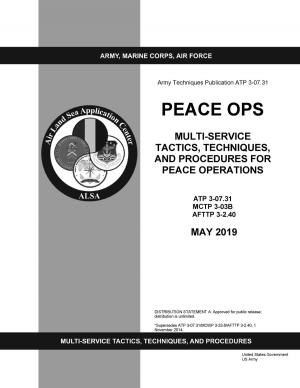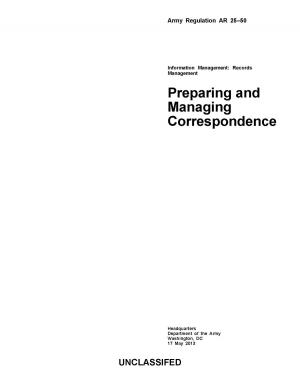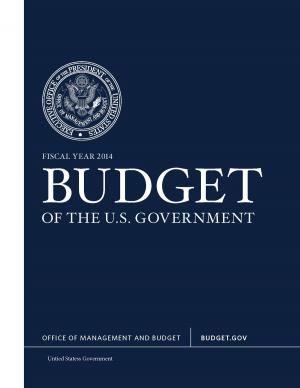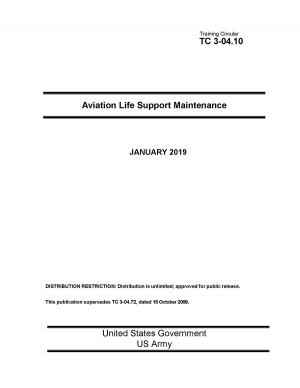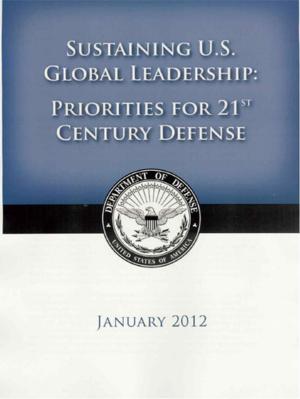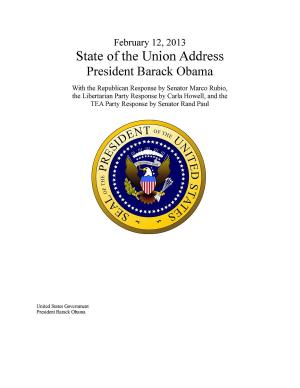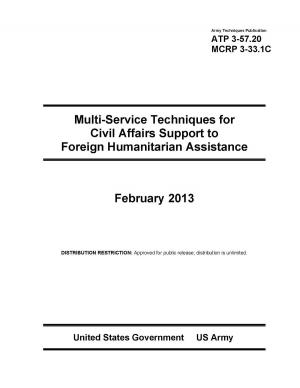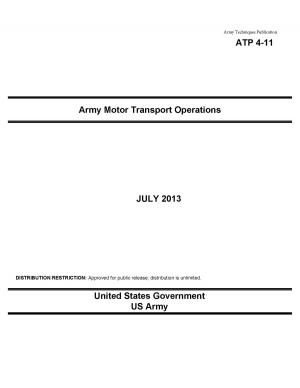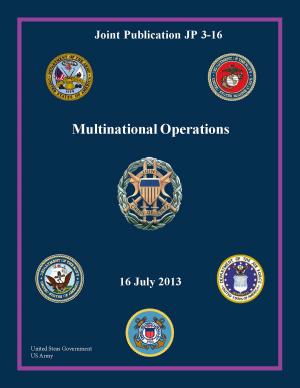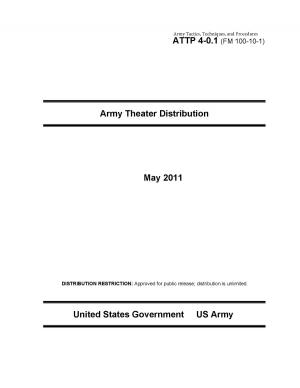Campaign Planning Handbook – Academic Year 2013 – United States Army War College
Nonfiction, Reference & Language, Study Aids, Graduate & Professional, Armed Forces, Science & Nature, Technology, Military Science, Reference, Guides & Handbooks| Author: | United States Government US Army | ISBN: | 1230000142240 |
| Publisher: | eBook Publishing Team | Publication: | June 16, 2013 |
| Imprint: | Language: | English |
| Author: | United States Government US Army |
| ISBN: | 1230000142240 |
| Publisher: | eBook Publishing Team |
| Publication: | June 16, 2013 |
| Imprint: | |
| Language: | English |
The purpose of this document is to assist United States Army War College students during the Theater Strategy and Campaigning (TSC) Course. It supplements Joint Doctrine and contains elements of emerging doctrine as practiced in the field. It portrays a way to apply doctrine and emerging doctrine at the higher levels of joint command, with a primary emphasis at the Combatant Command level.
Commanders have used campaign planning to synchronize efforts and sequence several related operations throughout history. Gen. George Washington planned the Campaign of 1781 to coordinate the actions of a French fleet, a French expeditionary army, and his “main army” to destroy the British forces at Yorktown. Lt. Gen. Ulysses S. Grant planned simultaneous offensives by his subordinate commands against the Confederacy for the 1864 Campaign. During World War II, campaign planning became essential to coordinate the actions of joint and combined forces in all Allied theaters. As a mature example of campaign planning in the later stages of World War II in the Pacific Theater of War, Douglas MacArthur issued his Strategic Plan for Operations in the Japanese Archipelago, DOWNFALL, in May 1945. In this 25-page document MacArthur explained how the plan “…visualizes attainment of the assigned objectives by two (2) successive operations (OLYMPIC and CORONET).” The cover letter described this plan as a “general guide covering the larger phases of allocation of means and of coordination, both operational and logistic. It is not designed to restrict executing agencies in detailed development of their final plans of operation.”
Campaign planning received new emphasis during Operation DESERT STORM in 1991, when Gen. Norman Schwarzkopf used a campaign plan to guide the synchronized employment of his forces. In the wake of Operations ENDURING FREEDOM and IRAQI FREEDOM, theater strategy and campaign planning have become high priorities within the Department of Defense, and several other executive departments have given both a higher priority. Theater and subordinate joint commanders now develop a comprehensive set of nested strategies and plans, beginning with a theater or global strategy, followed by a theater or global campaign plan, and supported by theater security cooperation, contingency, and posture plans. All of these are nested within the context of ongoing operations.
This handbook focuses at the Combatant Command and subordinate Joint Force Command levels. In some cases, where there is an apparent dichotomy between Joint and Service doctrine, the handbook reconciles the differences where possible and focuses on “best practices” for theater commanders.
The purpose of this document is to assist United States Army War College students during the Theater Strategy and Campaigning (TSC) Course. It supplements Joint Doctrine and contains elements of emerging doctrine as practiced in the field. It portrays a way to apply doctrine and emerging doctrine at the higher levels of joint command, with a primary emphasis at the Combatant Command level.
Commanders have used campaign planning to synchronize efforts and sequence several related operations throughout history. Gen. George Washington planned the Campaign of 1781 to coordinate the actions of a French fleet, a French expeditionary army, and his “main army” to destroy the British forces at Yorktown. Lt. Gen. Ulysses S. Grant planned simultaneous offensives by his subordinate commands against the Confederacy for the 1864 Campaign. During World War II, campaign planning became essential to coordinate the actions of joint and combined forces in all Allied theaters. As a mature example of campaign planning in the later stages of World War II in the Pacific Theater of War, Douglas MacArthur issued his Strategic Plan for Operations in the Japanese Archipelago, DOWNFALL, in May 1945. In this 25-page document MacArthur explained how the plan “…visualizes attainment of the assigned objectives by two (2) successive operations (OLYMPIC and CORONET).” The cover letter described this plan as a “general guide covering the larger phases of allocation of means and of coordination, both operational and logistic. It is not designed to restrict executing agencies in detailed development of their final plans of operation.”
Campaign planning received new emphasis during Operation DESERT STORM in 1991, when Gen. Norman Schwarzkopf used a campaign plan to guide the synchronized employment of his forces. In the wake of Operations ENDURING FREEDOM and IRAQI FREEDOM, theater strategy and campaign planning have become high priorities within the Department of Defense, and several other executive departments have given both a higher priority. Theater and subordinate joint commanders now develop a comprehensive set of nested strategies and plans, beginning with a theater or global strategy, followed by a theater or global campaign plan, and supported by theater security cooperation, contingency, and posture plans. All of these are nested within the context of ongoing operations.
This handbook focuses at the Combatant Command and subordinate Joint Force Command levels. In some cases, where there is an apparent dichotomy between Joint and Service doctrine, the handbook reconciles the differences where possible and focuses on “best practices” for theater commanders.



